Virtual Conference Shines Light on Women’s Transit Safety Issues New UCLA report on transit safety of college students is released during InterActions LA
By Lauren Hiller
A new UCLA study found that being a woman, identifying as LGBTQI, having a long commute, or waiting in poorly lit areas significantly increased the likelihood of being sexually harassed on public transit.
In the UCLA Lewis Center for Regional Policy Studies report, “Transit Safety Among University Students,” Anastasia Loukaitou-Sideris of UCLA Luskin Urban Planning and researchers sought to better understand the characteristics of individuals and circumstances that increased their risk of harassment during their public transit journeys.
Professor Loukaitou-Sideris reported the findings during the Lewis Center’s April 3 InterActions LA conference, which brought together researchers, transit agencies and community activists around the topic of women’s safety in transportation.
The study surveyed 1,284 students from UCLA and the California State University campuses of Los Angeles and Northridge. According to the report, this population was chosen because university students are typically more transit-dependent than the general public, and because their young age may make them more vulnerable to victimization. Los Angeles was one of numerous cities studied as part of a global research project.
Much of the preexisting data on perceived safety and incidents of sexual harassment on transit in Los Angeles did not identify such characteristics as gender, sexuality and race. This study also uniquely delved into when in the course of a transit journey — walking to or from a station, waiting for the bus or train, or on the actual vehicle — sexual harassment occurred.
According to the study, 72% of respondents experienced some form of harassment on a bus, compared to 48% on rail, with women experiencing far more numerous instances than men. However, very few students (10%) reported the experience to either law enforcement or transit agencies. And more than half of women reported changing how they dressed or adjusting their travel patterns, such as riding only during daytime or waiting in well-lit areas.
Because women make up more than half of transit riders in the United States, Loukaitou-Sideris said it’s imperative to prioritize their safety.
“Their safety is an important concern that we need to tackle if we want to have more women riding transit and — for women who are already captive transit riders — riding transit more comfortably and without fear,” she said. “I think everyone deserves that in our transit systems.”
Safe Transit During COVID-19
The challenges that women and vulnerable populations face have only been magnified by the current COVID-19 crisis. Under statewide and local “safer at home” orders, it is frequently low-income women of color who are still traveling to work to provide essential services to the rest of the region, according to the other panelists at the InterActions event, including speakers from Pueblo Planning, Los Angeles Walks and Alliance for Community Transit-Los Angeles (ACT-LA).
“COVID-19 has revealed that our transit system is a lifeline,” said Mariana Huerta Jones, senior coalition and communications manager at ACT-LA, a nonprofit organization dedicated to ensuring equitable access to public transit infrastructure and funds.
During the InterActions presentation, Huerta Jones said public transit is often the only transportation option available to low-income residents working in jobs deemed essential in industries such as grocery stores, hospitals and sanitation.
Ensuring Women’s Safety
Other InterActions speakers like Monique López, founder and social justice planner at Pueblo Planning, spoke about the importance of including the voices of marginalized communities when crafting policy recommendations. And Daisy Villafuerte, advocacy and engagement manager from Los Angeles Walks, discussed grassroots efforts to improve transit experiences.
Presenting the next steps from LA Metro’s recent “Understanding How Women Travel” report, Meghna Khanna, senior director of the Countywide Planning and Development Department, and her team found that safety is still the biggest concern and barrier to riding transit for all women riders. While 60% of women felt safe traveling on Metro during the day, that number decreased to 20% at night.
Khanna and her team at LA Metro found that women frequently mentioned increased police presence as a solution that would help them feel safer on transit; however, not all transit riders agree.
“For many people of our community, more police doesn’t mean more safety. It can actually mean the opposite. It can mean racial profiling, harassment, criminalizing of poor or houseless individuals,” Huerta Jones said.
Solutions beyond policing — such as increased service frequency, improved cleanliness around stations, and the presence of non-police transit ambassadors — are just first steps in ensuring women can use transit without fear.
View a video about transit safety:
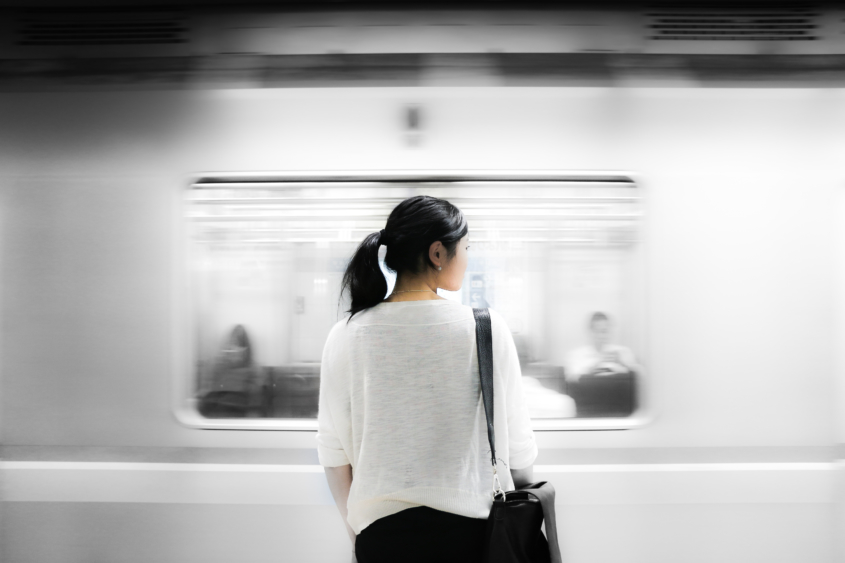
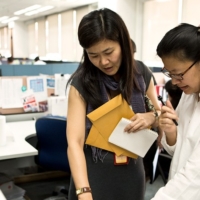

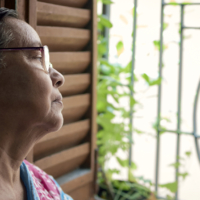

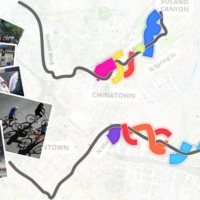
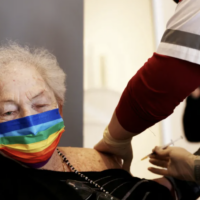

Leave a Reply
Want to join the discussion?Feel free to contribute!